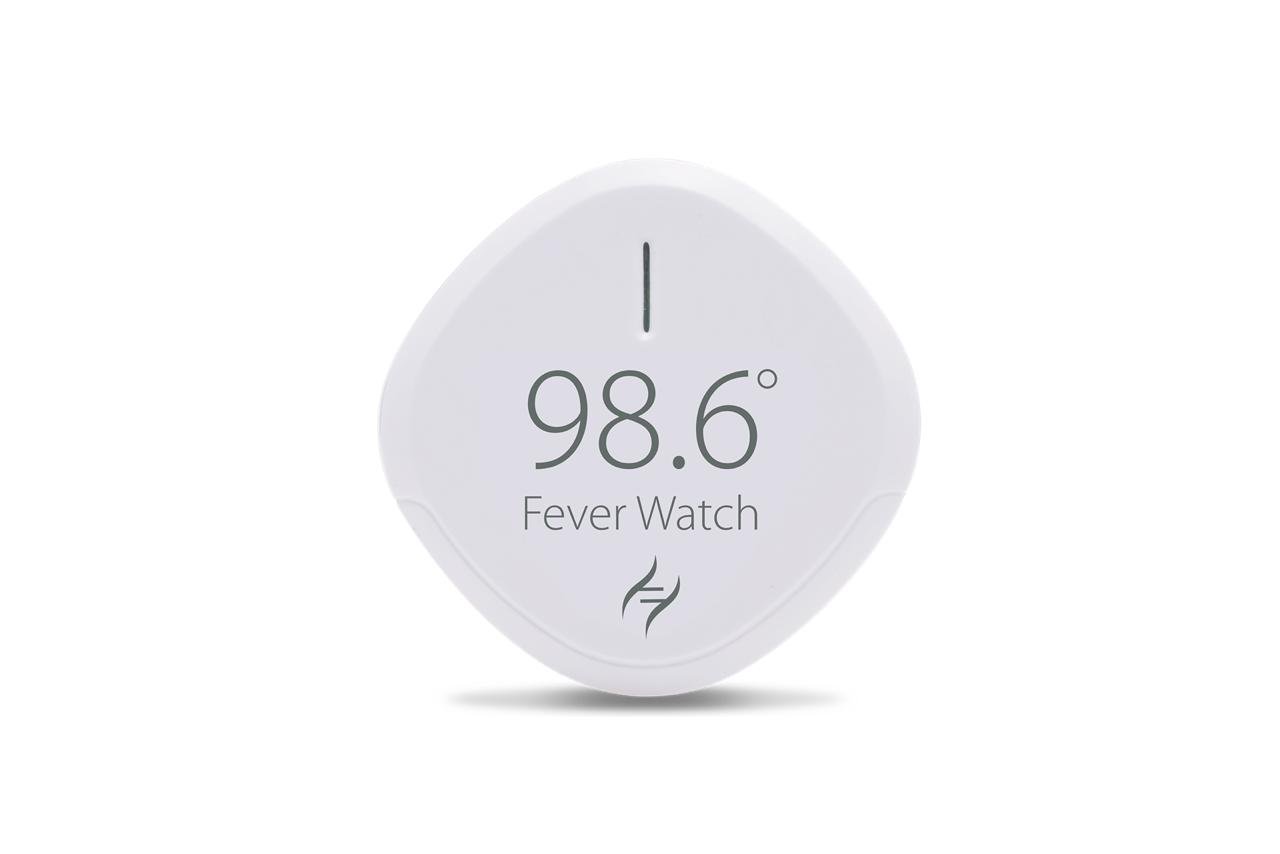HELYXON’s Digital Solutions helps in monitoring of COVID 19 patients
April 08, 2020 | Wednesday | News
Constant and accurate monitoring of vital parameters of patients or suspects are critical components of managing coronavirus patients
Oxy-2 and 98.6 FeverWatch developed by HELYXON jointly with IITM’s Healthcare Technology Innovation Centre (HTIC) in IIT Madras Research Park are now helping in the monitoring of COVID-19 patients and better management of the pandemic.
Constant and accurate monitoring of vital parameters of patients or suspects are critical components of managing coronavirus patients. Vital health parameters such as temperature, oxygen saturation as well as heart rate offer critical clues to the health condition of the patient and any aberration demands medical intervention. However, when the outbreak grows requiring remote monitoring of huge number of suspected people, people at home or in isolation, monitoring and updating these parameters for all patients becomes a challenge. Here is where HELYXON’s digital solutions – ‘OXY-2’ and ‘98.6 Fever Watch’ offer an effective way to manage the outbreak.
Health authorities in North America, Middle East and Far East countries are actively seeking to deploy HELYXON’s technology in a major way in combating the COVID 19 pandemic.
Vijai Shankar Raja, Founder, HELYXON said, “With number of patients increasing exponentially and flooding hospitals, this is an overwhelming time for healthcare providers across the globe. What they need are appropriate technological interventions to help ease processes by automating as many mundane, critical and high-risk tasks, as possible. COVID 19 patients, particularly those deemed high risk, need continuous monitoring of temperature, heart rate as well as oxygen saturation as these parameters can oscillate suddenly and dangerously. Our AI-backed biosensor devices reliably captures trend of such parameters and alerts the remote medical staff or an attendant in case of any anomaly. This allows immediate intervention when needed; plus it also cuts down the work of regular manual monitoring which is in any case impossible for thousands of patients.”
HELYXON’s biosensor devices are designed in such a way that they enable the user to place them at the right places of the body and connect to a mobile device through Bluetooth. And the stream of data is further pushed to a cloud computer server through GSM or Wifi. The data from the server can be accessed by any authorized person especially the care providers across the globe easily using a mobile device or a Laptop. Similar path is used for the escalation of alerts raised out of breaches to reach the other end live.
Sridhar Ranganathan, CEO, Helyxon said, “The digital solutions are very useful for intensive care settings as well as for monitoring at- home patients suffering from not just COVID 19 but also conditions as serious as IMR and MMR and as simple as seasonal flu, which require constant support through sustained engagement. As India prepares for a surge in COVID-19 cases, it is important that hospitals and healthcare systems adopt technology-backed solutions to better manage the outbreak. Our digital systems OXY-2 and 98.6 Fever Watch offer viable solutions to manage large numbers of patients in both hospital and home settings. They can also be very helpful in helping effectively manage quarantined patients of COVID 19.”
The devices keep a track of the spikes and aberrations and whenever an anomaly is observed a system-generated call alert is made to the user while an automatic escalation to the local provider is done. The devices are equipped with Geo-fencing tracking alerts to keep a track of patients’ movements and ensure isolated patients do not violate the provisions of quarantine.
The 98.6 Fever Watch is particularly useful for unwell children in whom continuous monitoring of temperature is a vital parameter in disease management. The compact watch weighs 5 gm and is 1.5 inches in diameter. It connects to hospital systems or personal systems or devices and keeps transferring patient information to a central dashboard.
Globally, hospitals and healthcare providers are co-opting such technologies to improve healthcare efficiency in these testing times.










